The Royal Flying Doctor Service (RFDS – a not-for-profit, registered charitable aeromedical organisation) provides 24/7 primary medical care to people living and travelling in the inland and remote outback of Australia. Their medical services cover 80% of Australia (an area of 7.3 million square kilometres – equivalent to the size of western Europe!) and without the quick response of the RFDS an accident or serious illness in these areas could be life threatening (out there you are just too far away from the nearest medical centre or hospital. The distances are vast and rugged!). Something the people out there are forever thankful of.
Given the RFDS is an essential service to many people in Australia, a large percentage of the required funding comes from Commonwealth, State and Territory governments. Governments alone do not fund the service though and the RFDS relies greatly on the generosity of donations from the general public and businesses to fund the ongoing purchase and maintenance of medical equipment and aircraft.
The Beginning of Aeromedical Services in Australia

Reverend John Flynn (1880-1951) known as “Flynn of the Inland” was a Presbyterian minister who was the founder and superintendent of the Australian Inland Mission of the Presbyterian Church of Australia which set up hostels and bush hospitals in rural and remote Australia. He had a vision to provide a ‘mantle of safety’ for those living in remote areas and following 10 years of campaigning for an aerial medical service, founded the Australian Inland Mission Aerial Medical Service in Cloncurry, Queensland in 1928 to service rural areas in Queensland.
The Australian Inland Mission Aerial Medical Service was initially equipped with a single de Havilland DH.50 biplane aircraft VH-EUR “Victory” which in addition to the pilot could carry four passengers and was specially fitted to carry a stretcher (leased from QANTAS for two shillings per mile flown). The first medical flight was on May 17th, 1928 piloted by Captain Arthur Affleck accompanied by Doctor Kenyon St. Vincent Welch.
Within the first year the medical service had flown 50 flights to 26 destinations and transported 225 patients. The numbers would continue to grow as demand increased for such an essential service.

By the mid 1930’s the area of operation and the number of aircraft in the fleet had expanded and the aeromedical service had become a national service known as the Australian Aerial Medical Service, then in 1942 it was renamed to the Flying Doctor Service, with the Royal prefix being added in 1955 with approval by Queen Elizabeth II following her visit to the Broken Hill base in 1954. The RFDS was the first of its kind in the world and pioneered the use of radio communication and aircraft to provide emergency medical services (in 1928 a pedal radio was invented to overcome communication issues for remote places off the electricity grid).

In the 1930’s and 1940’s the RFDS continued to operate de Havilland DH.50 aircraft but also added de Havilland DH.83 Gypsy Moth, de Havilland DH.84 Dragon, de Havilland DH.104 Dove and de Havilland Australia DH3-A Drover aircraft to the fleet. As new aircraft became available the RFDS began to modernize its air fleet from the 1950’s to 1970’s with newer Beechcraft, Cessna and Piper aircraft. RFDS aircraft were provided by contractors until the 1960’s when the RFDS purchased its own aircraft and provided its own pilots and aircraft engineers to maintain their air fleet.
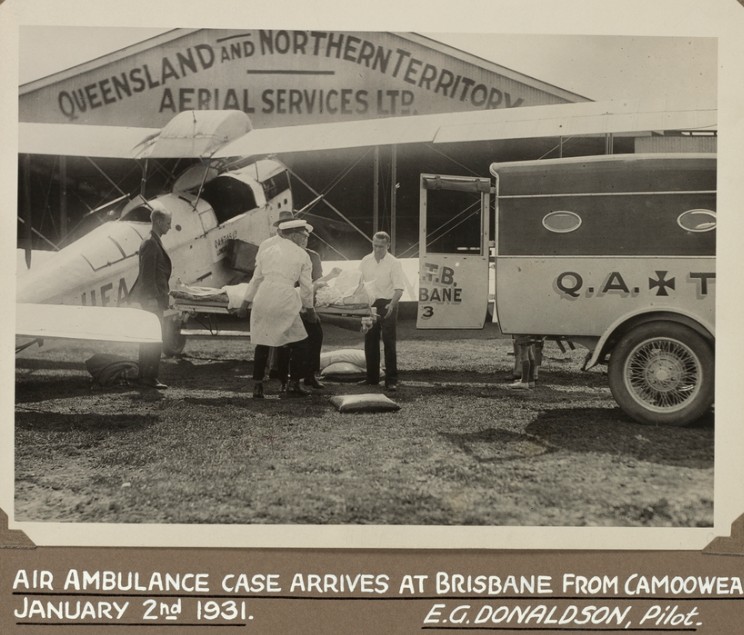
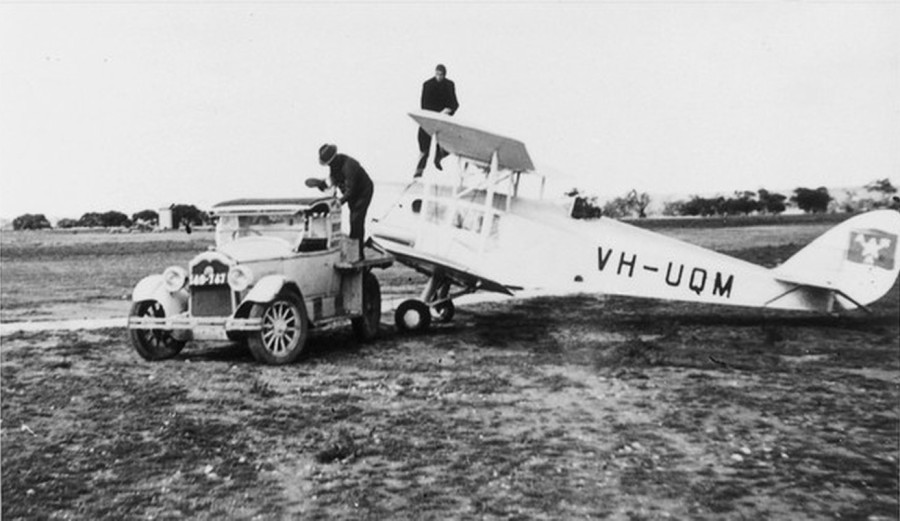

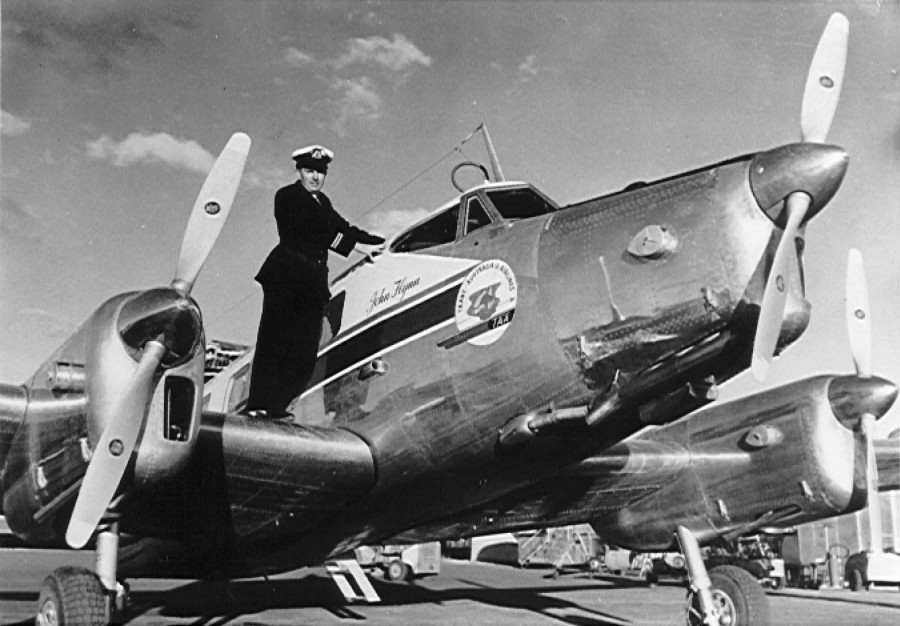
The Flying Doctors
In the 1970’s and 1980’s the RFDS at Broken Hill in outback New South Wales started to operate the Australian designed and manufactured Government Aircraft Factory (GAF) N-22 Nomad Short Takeoff and Landing (STOL) turboprop light transport aircraft. The STOL capability was invaluable on those short and rough outback strips and the type remained in service until the 1990’s (they were joined in the air fleet by Cessna 404 and 441 aircraft from the 1980’s to early 2000’s).

The GAF Nomad also became the star of the hit Australian TV series called The Flying Doctors produced by Crawford Productions from 1986 to 1992 with plenty of great Australian TV actors and stories. Set in the fictional outback town of Coopers Crossing there was plenty of drama and humour as they went out to perform medical procedures and attend emergency situations. The town scenes and close-ups in and around the aircraft were actually filmed in the country town of Minyip in the Wimmera region of Victoria.

Footage of the GAF Nomad taking off and landing in the TV show were filmed at the RFDS base in Broken Hill. Today a shell of a GAF Nomad, which I believe is the one used for the acting scenes on The Flying Doctors is on display outside the base and it is painted in the livery of the flying counterpart on the show, VH-MSF (it is planned to restore this airframe shell for a future museum display). Apparently they still get plenty of visitors to the base who were fans of the show and many come from Germany of all places!


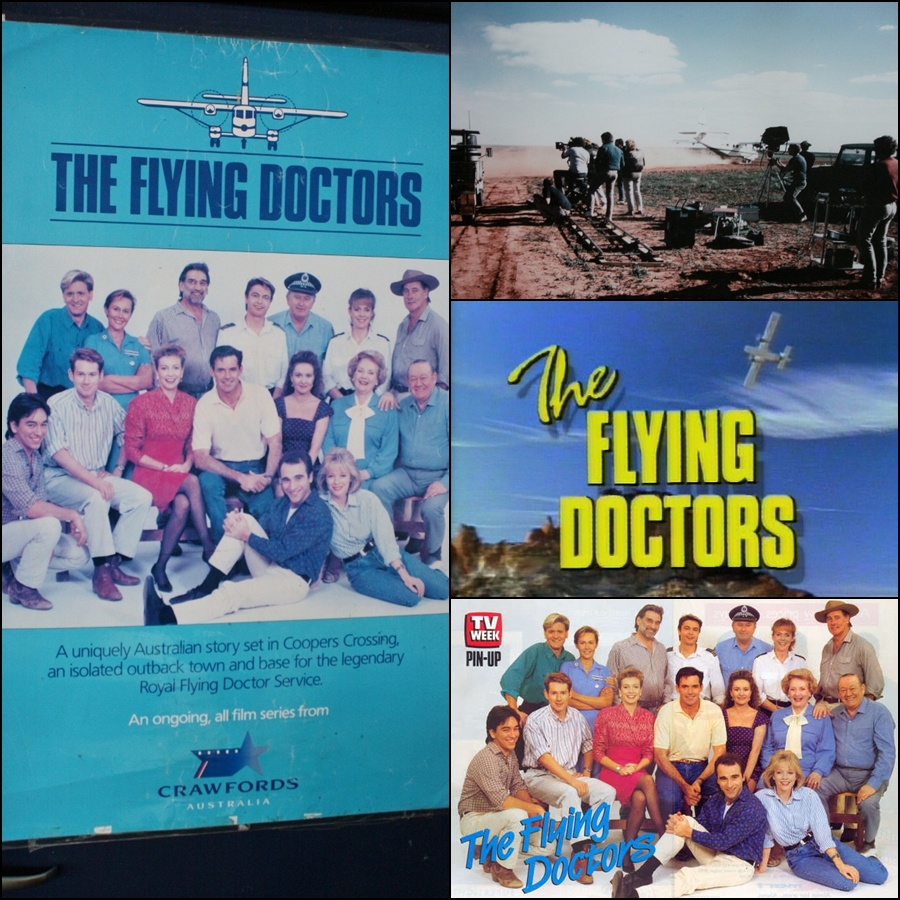
The RFDS Today
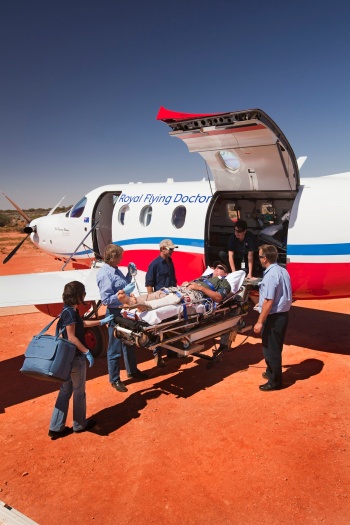
Today the RFDS offers medical services on the ground and will fly people out of remote areas to the nearest suitable hospital in emergency situations. In 2014/2015 they conducted 4,336 emergency evacuations.
A key part of the RFDS is regular fly-in, fly-out GP and Nurse health clinics to rural and remote communities where no other medical services exist. In recent years they have also even started to provide dental services. It is amazing what services this not-for-profit organization provides for those who live out there!
The RFDS fleet of 66 modern aircraft operate from 23 bases around Australia and each aircraft is fitted with essential medical equipment to deal with almost any emergency situation (a flying ambulance). Current aircraft in service: 1 Hawker 800XP jet (for use in WA and NT), 32 Pilatus PC-12 turbo props (used in SA/NT and WA and first entered service in the mid 2000’s), 32 Beechcraft King Air B200 C and 2 B350 C turbo props (used in QLD, NSW, Victoria and Tasmania, the B200 aircraft first entered service in the mid 2000’s) and 2 Cessna C208 (used in QLD).
It is not uncommon for RFDS aircraft to have to land on rough strips in remote locations to provide emergency medical services. The aircraft have to be well maintained and flown by highly skilled pilots with expert medical crews onboard.
From 2017/18 the RFDS will receive several Pilatus PC-24 jets for use in WA, SA and NT. The higher performance of the jets will allow the RFDS to cover greater distances in half the time to provide rapid medical care when required.


RFDS Broken Hill
During a recent visit to Broken Hill in outback New South Wales I took a tour of RFDS base and The Bruce Langford Visitor Centre which is adjacent to the Clive Bishop Medical Centre at the Broken Hill airport. 3 King Air aircraft operate from this base that was first established in May 1936 and provides medical services for a vast area of 640,000 square kilometres! Here you can learn about the RFDS mission as well as see some of the aircraft in the large hangar.



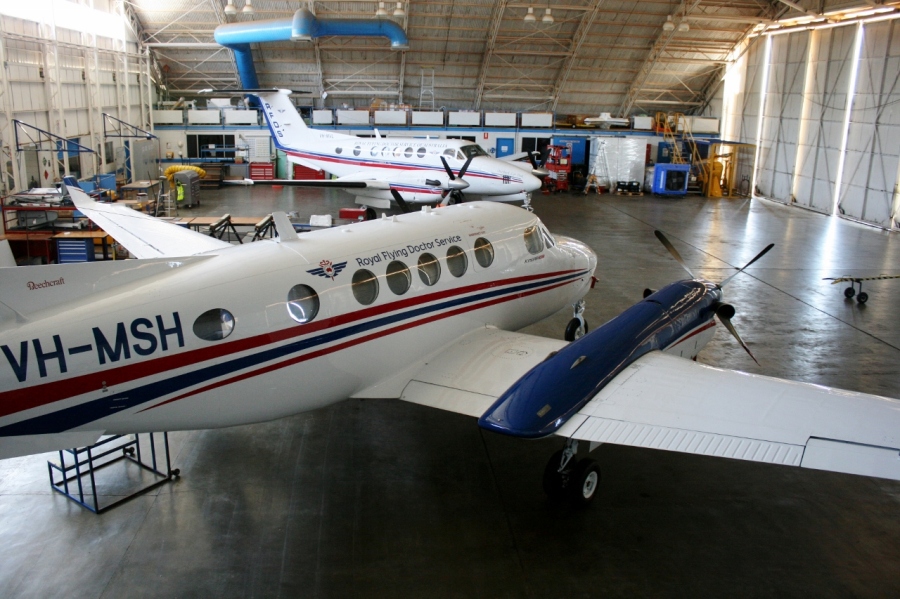
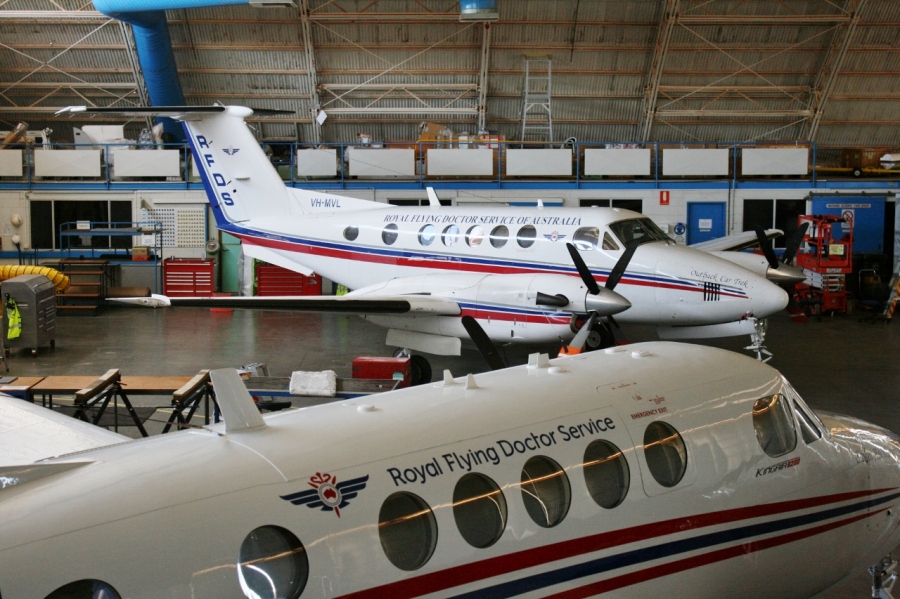


This is an interesting and informative tour and there is also a small Mantle of Safety Museum to learn more about the history of the RFDS. Well worth a visit and all proceeds go towards funding the RFDS, so it’s a good cause for sure!
References:

That photo of the GAF Nomad is pure gold as is this post. Thanks Deano. It’s a piece of past and recent history.
LikeLiked by 1 person
Thanks. A proud history that provides an invaluable service to the remote and not so remote communities of Australia
LikeLike
Always fascinating to read about his long standing and essential service. Great post.
LikeLiked by 1 person
Thanks. They do an amazing job out there!
LikeLiked by 1 person
Great story.
LikeLiked by 1 person
Thanks!
LikeLike
Reblogged this on The mind is an unexplored country. and commented:
‘The Royal Flying Doctor Service… provides 24/7 primary medical care to people living and travelling in the inland and remote outback of Australia. Their medical services cover 80% of Australia (an area of 7.3 million square kilometres – equivalent to the size of western Europe.’
Deano tells the story of a great Australian institution.
LikeLiked by 1 person